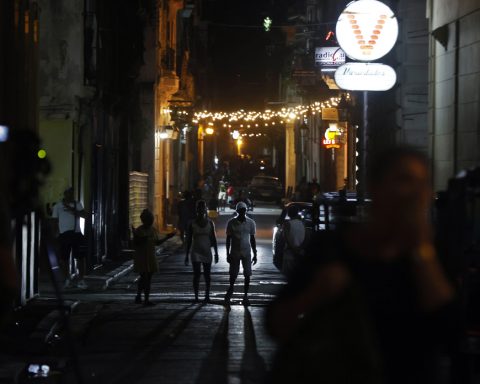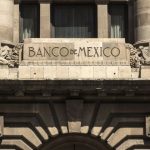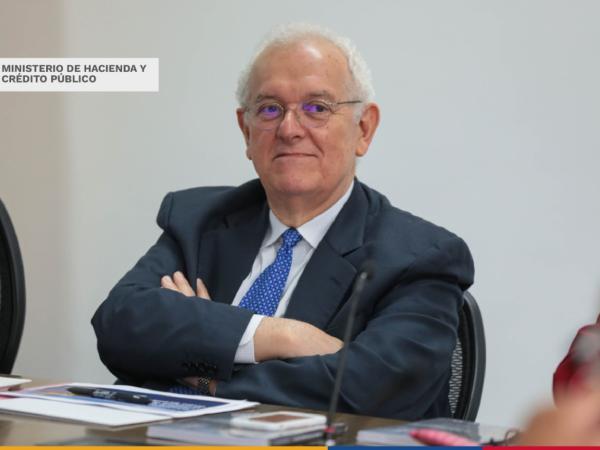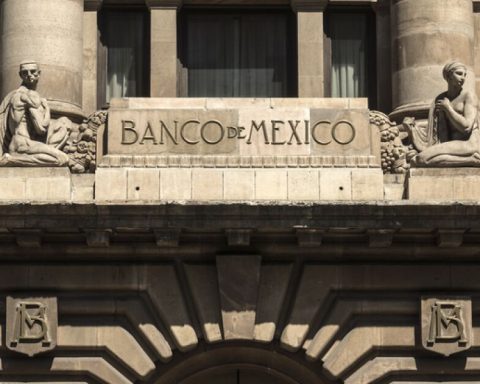A cruise ship from the British company Ambassador Cruise Line with more than 1,300 tourists of different nationalities on board, arrived in Santiago de Cuba this Wednesday to become the second vessel of this type to dock in the city since the current winter season began.
Henry Catania, director of the Calypso Excursiones agency, told the Cuban News Agency (ACN) that visitors will have the opportunity to enjoy the attractions of the territory, which could guarantee their return for periods of long stays.
The official described Cuba as a safe tourist destination, and pointed out the rural and urban landscapes, the popular traditions, the hospitality and the autochthonous symbols of the eastern region among its greatest charms.
Mirocles Alcina, director of the Santiago branch of Cubatur, highlighted the opportunity to visit historical, cultural and recreational centers that exalt the local patrimonial values and Santiago de Cuba as a creative city in music, the report refers.
Alcina assured that the agency itself plans to receive another two cruise ships during the next month of March.
He also highlighted the gradual increase in operations after the pandemic, hence the preparations for the likely increase in arrivals during the high season.
After an extensive program of excursions through the historic center of the main municipality, La Gran Piedra, the Sanctuary of El Cobre and other spaces, the cruise passengers will board the boat this Thursday towards Havana, another of the ports to visit during their tour of the Caribbean.
The arrival of cruise ships is one of the alternatives promoted by the Cuban government with the aim of closing 2023 with the ambitious figure of 3.5 million tourists.
The increase in the arrival of visitors to Cuba through this route has been impacted by the policy of the US administration on the cruise companies of that country.
According to official data, tourism continues to be the second most important line of the Cuban Gross Domestic Product (GDP), and occupies the same position among the sources of foreign exchange income for the national economy, immersed in a deep crisis aggravated by the impact of the pandemic, the sanctions imposed by the US executive, and the ineffectiveness of the measures adopted by the government to overcome the problem.


















